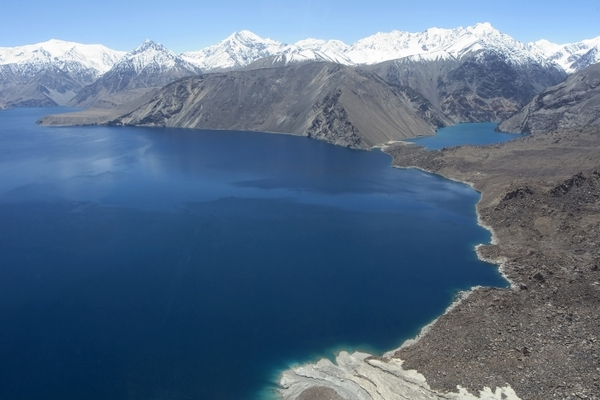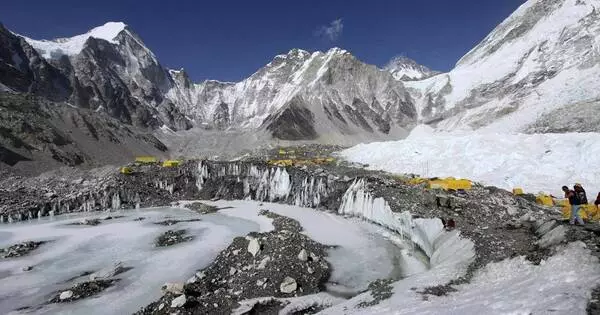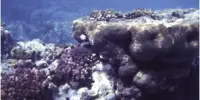Glacial flooding, also known as glacial lake outburst floods (GLOFs), is a phenomenon that occurs when water accumulates in a glacial lake and then suddenly bursts out, causing a rapid and often devastating flood downstream. This is a growing concern globally due to climate change, as rising temperatures are causing glaciers to melt at an accelerated pace, which can lead to the formation of more glacial lakes and a higher risk of GLOFs. Millions of people living in the downstream areas of glaciers are at risk of these floods, which can cause widespread damage to infrastructure and agriculture, as well as loss of life.
Fifteen million people worldwide are at risk of flooding caused by glacial lakes, with just four countries accounting for more than half of those affected. An international team of scientists led by Newcastle University in the United Kingdom has produced the first global assessment of areas most vulnerable to Glacial Lake Outburst Floods and identified priority areas for mitigation.
As the climate warms, glaciers recede and meltwater collects at the glacier’s front, forming a lake. These lakes can suddenly burst, causing a fast-flowing Glacial Lake Outburst Flood (GLOF) that can spread over a large distance from the original site – more than 120 km in some cases. GLOFs can be highly destructive and damage property, infrastructure, and agricultural land and can lead to significant loss of life.
This work highlights that it’s not the areas with the largest number or most rapidly growing lakes that are most dangerous. Instead, it is the number of people, their proximity to a glacial lake and importantly, their ability to cope with a flood that determines the potential danger from a GLOF event.
Caroline Taylor
The number of glacial lakes has grown rapidly since 1990 as a result of climate change. At the same time, the number of people living in these catchments has also increased significantly.
The study looked at 1,089 glacial lake basins around the world, as well as the number of people living within 50 kilometers of them, the level of development in those areas, and other societal indicators as indicators of vulnerability to GLOFs. They then used this data to quantify and rank the global potential for damage from GLOFs, as well as assess communities’ ability to respond effectively to a flood.
According to the findings, 15 million people live within 50 kilometers of a glacial lake, and High Mountain Asia has the highest GLOF risk, with 9.3 million people potentially at risk. India and Pakistan have approximately 5 million exposed people, accounting for roughly one-third of the global total.

Lead researcher, Caroline Taylor, a doctoral student at Newcastle University, said: “This work highlights that it’s not the areas with the largest number or most rapidly growing lakes that are most dangerous. Instead, it is the number of people, their proximity to a glacial lake, and importantly, their ability to cope with a flood that determines the potential danger from a GLOF event.”
The study, published in Nature Communications, also identifies Peru as one of four countries, along with India, Pakistan, and China, that account for more than half of the people worldwide who are at risk of glacial lake flooding. The research team emphasizes the relative scarcity of research on the dangers posed by glacial lakes in the Andes, stating that more research is urgently needed to better understand the potential GLOF danger on a local level in this area due to the large number of people living in close proximity to glacial lakes and their reduced capacity to cope with the impact of a GLOF.
Dr. Rachel Carr, Head of Physical Geography at Newcastle University and a co-author, said: “Understanding which areas face the greatest danger from glacial flooding will allow for more targeted and effective risk management actions which in turn will help minimize loss of life and damage to infrastructure downstream as a result of this significant natural hazard.”
Mitigation measures can include early warning systems, flood barriers, and building infrastructure to withstand flooding. However, these solutions can be costly and difficult to implement in remote areas. Addressing the root causes of climate change by reducing greenhouse gas emissions is crucial in preventing the increased risk of glacial flooding and other related environmental disasters.















